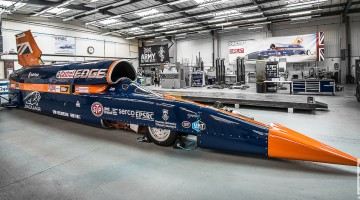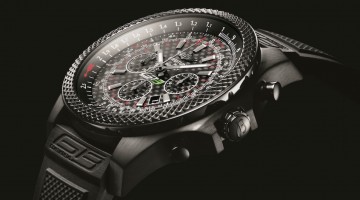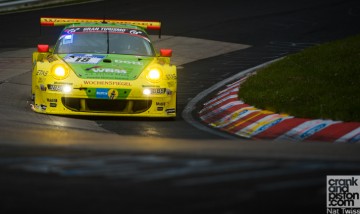crankandpiston.com speaks with World Land Speed Record holder – RAF Wing Commander – Andy Green about applying for the fastest seat on the planet, the intricacies behind a supersonic run on four wheels, the upcoming Bloodhound SSC project, and why black underwear may be the secret to breaking world records.
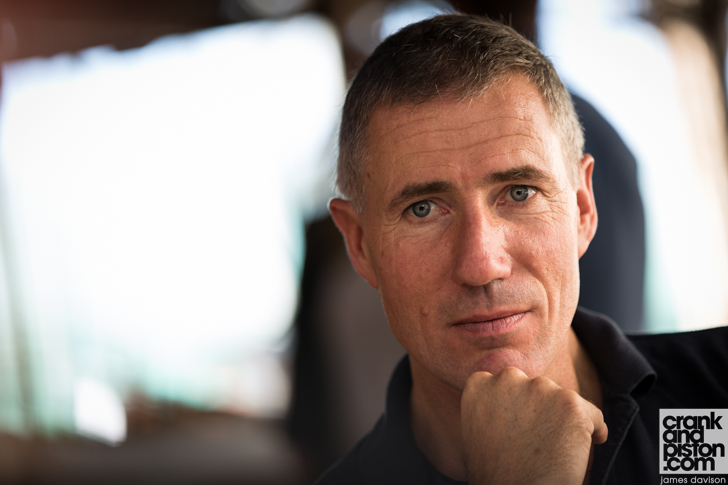
“At around 1000kph I’m fighting the car directionally. On the first of the supersonic record runs we did, I finished up 15m off-line with 90-degrees of steering lock on and the car still sliding sideways!”
Proof positive if it was needed that RAF Wing Commander Andy Green is one of the coolest guys on the planet. Having joined the Royal Air Force shortly after the Cold War, he has served active duty in and over the Falkland Islands, Bosnia, southern Iraq, Libya and Afghanistan. He has flown some of the fastest and most manoeuvrable fighter jets on the planet, specialising in Phantoms and Tornadoes. And in his spare time – in what he calls ‘the world’s best holiday job’ – he drives jet-engined supersonic cars up to an eye-popping 1200kph. He is the current land speed record holder and remains to this day the only man to have hit supersonic speeds on four wheels.
So it’s with some surprise that the Wing Commander informs me what his preferred mode of transport is….
“I love sailing. The ideal speed for me is four/five knots on the way to a nice harbour to stop for some lunch. And actually my favourite form of flying is gliding, because there’s something enormously satisfying about taking off on a winch launch, reading the air, following the currents, and staying airborne for five hours just by finding your own lift.”
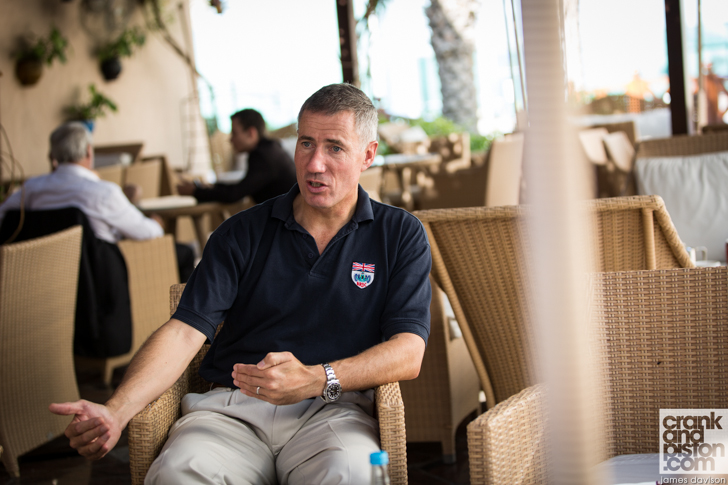
It’s this analytical approach that gets our conversation rolling at Dubai’s Habtoor Grand: land speed record holder Andy Green on one side of the table; myself plus furiously scribbling biro on the other. Given that it was his strongest subject in school, a degree in mathematics at Oxford University – at the behest of his headmaster and maths teacher, both ivy league alumni – was soon in his pocket. And while a career with the RAF allowed Andy’s analytical side to prosper (how a plane stays in the air, etc), it was the herculean intricacy involved in a new World Land Speed Record attempt that first drew the Wing Commander to the Thrust SSC program in the early 1990s.
Headed by Richard Noble – the then-fastest man on the planet courtesy of Thrust 2’s record 1019.468kph run in 1983 – the Thrust SSC team aimed to do the impossible: break the sound barrier, a feat experts claimed was physically impossible.
“Professors of aerodynamics who worked in the field said that this could not be done,” Andy explains. “‘If you try this, it will end catastrophically badly and probably with a massive accident’. We didn’t underestimate the size of the problem but we didn’t necessarily agree with the intuition.
“It was a 50/50 split between the fighter pilot side of me that was fascinated by the personal, physiological, emotional and technical challenges of designing and controlling a car like that; and the mathematician side focused on the technical problems. It some ways it was a sport that was made for me and I was just waiting for an opportunity to come along.”
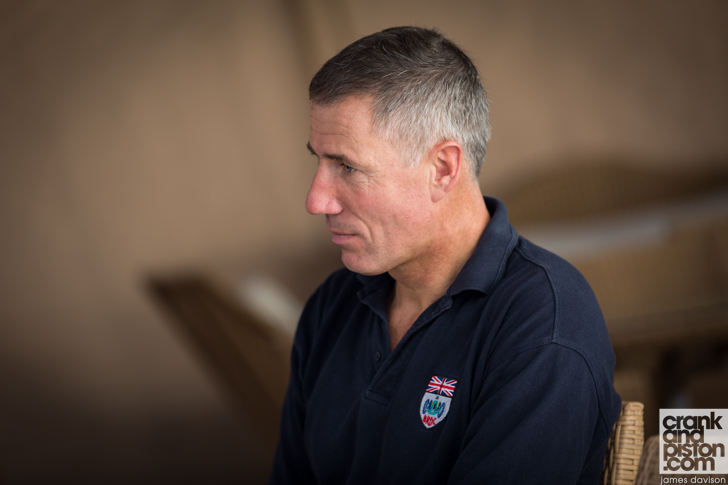
Said opportunity however involved much more than a neatly xeroed CV. Andy and the other 15 applicants – most with military pedigree of their own – underwent physical, mental and psychological tests across a four-stage program that whittled the contenders down to four. Even then, more was required.
“First up we did three hours of intelligence and personality tests,” Andy continues. “I think the psychologist running them was expecting a bunch of complete nutcases. What he actually found was one of the most intelligent and emotionally stable groups they’d ever tested at the Centre for Human sciences at Farnborough. They realised that breaking the land speed record isn’t something you do if you have a death wish, and they started re-structuring the test program after that.
“In the second batch, we did 24 hours in the heat chamber, testing not only control and reaction but also the ability to learn. The psychologists would measure how much we’d learnt from what you’d done 12 hours earlier, and this would be at 4am. Five of us then went on to a purely practical test in a Group 2 Volkswagen Golf rally car with ex-national rally champion Russell Brooks sitting next to us. The examiners were looking for the fastest times, but not the single fastest lap: it was the fastest cumulative total of all three laps. A single crash would take you out of the running.
“The final piece of the jigsaw was being able to work with a team: it doesn’t matter how bright you are or how quickly you learn; if you can’t work with other people, the team can’t function.”

